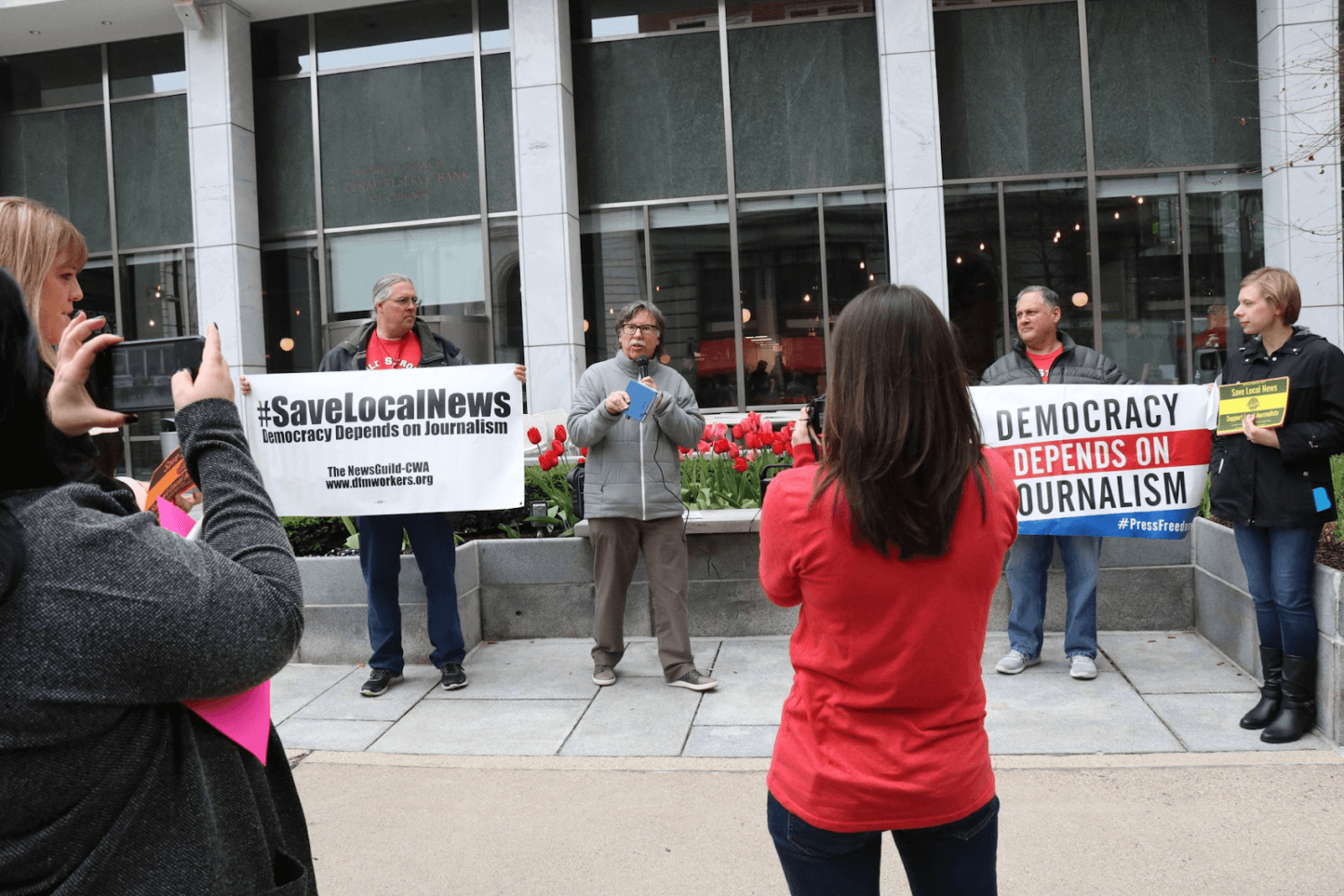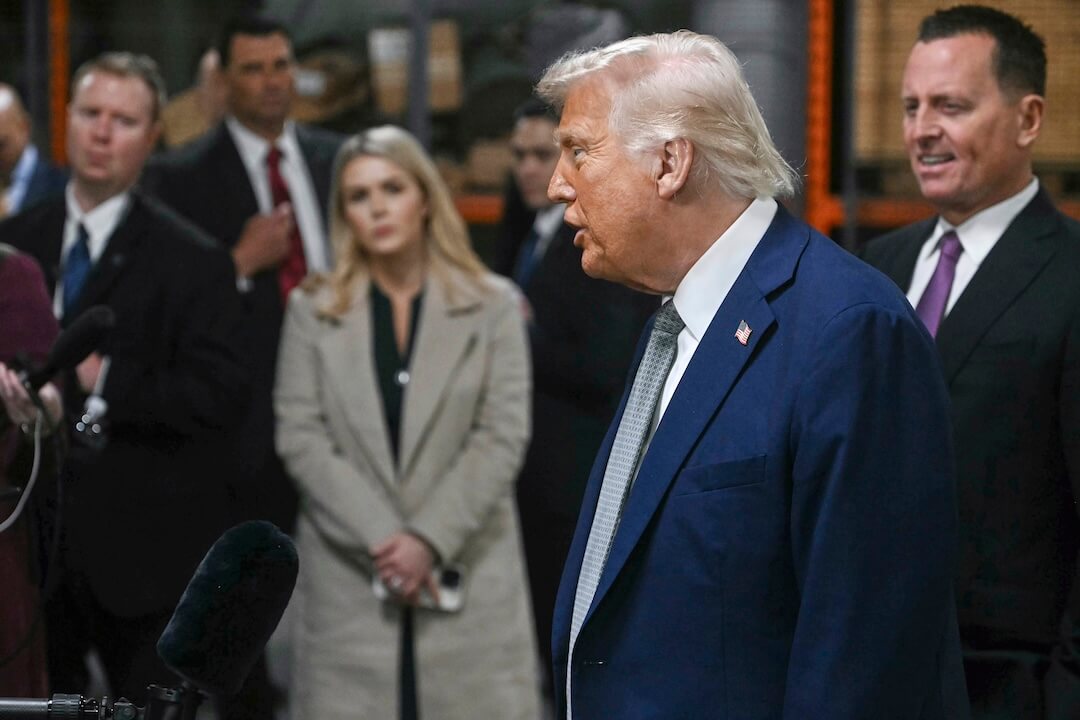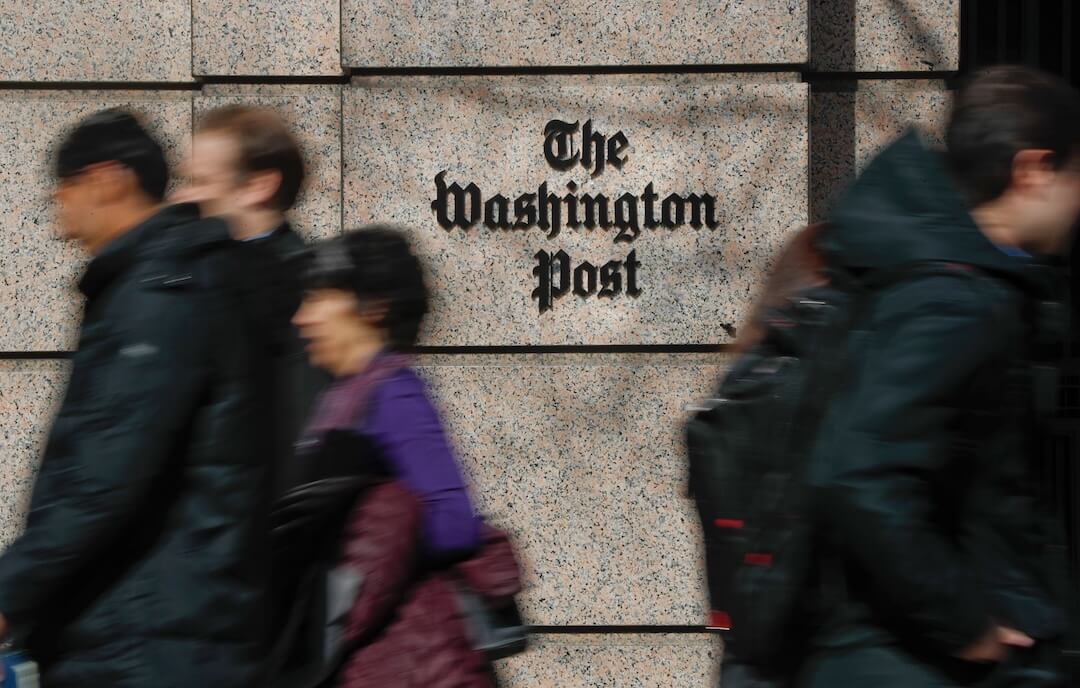 Rust Belt Reporter: A Memoir
Rust Belt Reporter: A Memoir
John Gallagher
200 pages; Wayne State University Press
$26.99
As a journalist in Detroit for more than three decades, John Gallagher worked the front lines of double crises: the hollowing out of a great American city and the collapse of the newspaper business model required to tell that story.
The city’s shrinkage is reflected in the exodus of its people, the population plummeting from more than 1.8 million in 1950 to fewer than 700,000 today.
Addressing what he characterizes as “the twin calamities besetting the city and journalism,” Gallagher says the combination “molded a public image of Detroit as a place at the end of the line with abandon-hope-all-ye-who-enter-here posted at the city’s borders, and with its journalists suffering one hammer blow after another.”
But all is not lost. In Rust Belt Reporter, the author details his own “theory of urban recovery.” (More on that in a bit.)
Gallagher’s experience is rooted in urban affairs as opposed to media economics, and he makes no claim to a parallel “theory of journalism recovery.”
But his reporting appeared in a newspaper, the Detroit Free Press, that has managed to pump out good work over the past four decades despite the cascading woes of a contentious joint operating agreement, a long and bitter strike, a jolting ownership change and the revenue pressures plaguing news organizations everywhere.

(Photo/Nic Antaya)
Gallagher, who retired as a columnist for the business section in 2019 after 32 years with the paper, digs into his own story as an old-school newsman adapting to the digital world.
(I worked for the Free Press for nearly 20 years, overlapping with Gallagher for five, and have been gone for more than 30.)
Gallagher got his start a half-century ago, at the legendary City News Bureau in Chicago. That put his resume in good company. Among other CNB alums: Mike Royko, Sy Hersh and Kurt Vonnegut.
Although he received no formal training there, he credits City News with teaching him the fundamentals, some of them useful throughout his career (writing fast) others less so (punching a story onto a ticker tape without any way of seeing what he was typing).
As a wire service providing copy for various Chicago media, CNB deployed a crew of low-paid rookies to all the big stories in town. That put Gallagher on the scene with such figures as Egyptian President Anwar Sadat, Nazi hunter Simon Wiesenthal and, of course, the legendary boss of Chicago politics, Mayor Richard J. Daley.
He describes a brief conversation with Vice President Nelson Rockefeller — in the days before Secret Service protection would make such an impromptu encounter unthinkable — as “one of those occasions that illustrate one of the chief perks of a journalist’s life: you get to see, listen to, and meet interesting people all the time.”
Those were the days when Royko, the king of local journalism, held court most nights after deadline at the Billy Goat Tavern, a saloon submerged beneath Michigan Avenue not far from the city’s biggest newspapers.

John Gallagher’s press pass from the Detroit Free Press. (Courtesy)
At first, Gallagher says he “knew Mike Royko the way any Chicagoan did, as an avid reader of his columns in the Daily News and, later on, in the Sun-Times and Tribune.”
That changed some over time, mostly as a dividend of time Gallagher invested at The Goat. At one point he found himself among 20 applicants for the job of Royko’s legman.
He didn’t get the job, one of several memories Gallagher recounts of things not working out. Describing an experience that most of us can relate to, he writes a chapter headed: “On Never Winning a Pulitzer.”
Moving on from Chicago in 1978, Gallagher joined the Democrat & Chronicle in Rochester, New York, home of Eastman Kodak. The company invented the first digital camera in 1975 but feared cannibalizing its film business and ended up swamped in the wake of digital. Suffering a fate familiar to journalists everywhere, Kodak’s workforce shrunk from 60,000 to just a few thousand.
Gallagher’s time in Rochester also provided him with a taste of Rust Belt decline, the city’s population having declined from 300,000 in 1950 to 250,000 some three decades later.
It wasn’t until his next job, at The Post-Standard in Syracuse, New York, that Gallagher found his footing as a journalist.
In a scenario that many readers might recall from early days on the job, one of the editors saddled Gallagher with an assignment he’d been pitching to the staff with no takers.
In no position to duck it, Gallagher produced a telling story about neighborhood gentrification.
“My editor was delighted,” Gallagher recalls. “He told everyone he had tried for weeks to interest his reporters in the story until the new guy showed up and did it in a day.” He adds:
After my years of disappointment at the Rochester paper, this had gone so easily for me that I experienced a new feeling. It was a realization that, yes, I can do this job. … The confidence I gained did as much as anything to carry me through all the years of journalism that followed.
Like a lot of journalists in their 30s, Gallagher got restless. After several years in Syracuse, he secured a fellowship — the Bagehot Fellowship in Economics and Business Journalism at Columbia University — as his next step.
His favorite seminar during the fellowship featured New Yorker writer Ken Auletta describing his back-and-forth about a single word with renowned editor, William Shawn. In the process, Gallagher learned something about word choice that guided the way he wrote from that point forward.
Gallagher returned to Syracuse for a few months after his fellowship but soon got a call from Free Press business editor Tom Walsh, who had contacted the Bagehot office in search of a new reporter.
Gallagher’s time in Detroit coincided with hard times for both the newspaper and the city.
Knight Ridder and Gannett, owners of the Free Press and The Detroit News, kicked off years of controversy in 1986 when they declared a joint operating agreement that wasn’t finally approved until 1989 with a 4-4 vote of the U.S. Supreme Court.
In July 1995, unions at the Free Press and The Detroit News went on strike rather than accept a management plan that would have, among other things, eliminated contractual raises in favor of pay hikes granted strictly on the basis of merit.
The unions’ most recent work stoppage had happened 15 years earlier, just as the 1980 Republican National Convention was getting underway in the city. But that strike lasted only a week, and Gallagher reports that many staffers were expecting a strike of similar duration.
It didn’t work out that way. The 1995 strike lasted for 19 months, disrupting the lives and careers of hundreds of staffers and forever diminishing the newspapers’ viability and impact.
A union activist who served three two-year terms as president of the Newspaper Guild of Detroit, Gallagher writes:
A quarter century on, I see the strike as a disaster for the unions and a disaster for the companies and a miscalculation on both sides that hastened the decline of journalism in a major American city. Surveying the wreckage from this distance, I call the strike a double suicide by the companies and the unions, a war where victory was indistinguishable from defeat.
The city’s dual crises were addressed by Stephen Colbert when former Free Press editorial page editor Stephen Henderson, a Pulitzer winner who wrote the foreword to Gallagher’s memoir, appeared on his Comedy Central show in 2013.
“You live in Detroit and also work in the newspaper industry,” Colbert observed. “Are you a glutton for punishment?”
As much as Gallagher describes problems facing the city and the news business as “twin calamities,” he does not suggest common parentage.
He sums up the stats framing the plight of American newspapers like this:
- Newspaper ad revenue in the U.S. plummeting from $50 billion in 2005 to less than $10 billion in the early 2020s
- Newspaper circulation dropping from about 62 million in 1992 to less than half that, for online as well as print, in 2020
- Newsroom staffing falling from about 70,000 in 2004 to about 30,000 in 2020.
Henderson, himself a founder of a new media startup, BridgeDetroit, includes in his foreword a sobering assessment of journalism’s dwindling capacity.
Asking whether the news resources currently deployed in Detroit could match the level of coverage devoted to the city’s crises a decade ago, he concludes: “Anyone who has been paying attention would have to say no.”
But he also expresses the hope that young journalists ”might travel the same arc that Gallagher so artfully illustrates in this memoir. A life of story-telling, punctuated by growth, and learning, and influence, and joy.”
Gallagher offers no panaceas for journalism writ large. But he shows how the news industry’s transformation can get started one journalist at a time. His career tips for developing subject expertise, writing books and engaging communities are all the more relevant and useful amid the revolution in how the news is produced, delivered and absorbed.
As for the city, Gallagher writes: “If I saw in my daily reporting shoots of hope sprouting up around the city, I was often alone in my optimism.” By way of example, he mentions a 2009 cover story in Time (“The Tragedy of Detroit”) that listed three main villains: “white racism, Coleman Young and a delusional dependence on the auto industry’s belief in its own virtues.”
Gallagher pushes back on the idea that Young, Detroit’s first black mayor (1974-1994), bears major responsibility for the city’s decline. In a 2013 story headlined “How Detroit Went Broke,” Gallagher and a colleague reported that “Young was the only Detroit mayor since 1950 to preside over a city with more income than debt …”
So where should the blame be placed? Like Time, Gallagher blames white racism, buttressing his own reporting with such sources as “The Origins of the Urban Crisis: Race and Inequality in Postwar Detroit” by Thomas Sugrue.
Gallagher also endorses historian Lewis Mumford’s view, published in 1958, that a lot of urban decay must be pinned on the American “religion of the motorcar.” Gallagher is especially critical of Detroit area freeways that destroyed such city neighborhoods as Black Bottom, a vibrant Black community displaced by the Chrysler Freeway. Touted as a way of enabling more people to get into the city, Gallagher argues that instead they fueled the white exodus to the suburbs.
But how to reverse that flow of people? Gallagher reports that “many people date Detroit’s comeback to the day in 2010 when billionaire businessman Dan Gilbert moved his company, Quicken Loans, from the suburbs to downtown Detroit.” Gilbert challenged other moguls to do likewise and within a few years he had bought or leased a hundred downtown properties, eventually including the building housing both the Free Press and The Detroit News.
The author describes his “theory of urban recovery” as one “in which the traditional sources of leadership — mayors, governors, the federal government — were less important than a mosaic of efforts by private and nonprofit actors, many of them working quietly in the distressed neighborhoods that had been abandoned by car-crazy, suburb-bound America.”
A decade after the city declared the biggest urban bankruptcy in American history, Gallagher notes: “In Detroit I could see new ideas of urban recovery germinate, grow, bear fruit, and inspire recovery efforts everywhere.”
As much as visitors to downtown these days marvel at the activity and apparent prosperity, a cruise through many of the city’s still struggling neighborhoods reveals the unevenness of Detroit’s recovery.
Gallagher cites work he did with colleagues over the years documenting the causes of neighborhood decline, especially “banks and savings institutions (that) routinely underserved even middle-class Black neighborhoods in Detroit compared to the loans they made in white districts.”
He also highlights signs of neighborhood rebirth, noting especially the efforts of nonprofit groups and neighborhood activists to reclaim their streets.
“Detroit’s story is so varied, with so much conflicting evidence of progress or lack of it, that even today one can lean toward either optimism or despair,” Gallagher concludes.
”I choose hope.”







